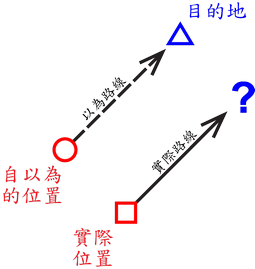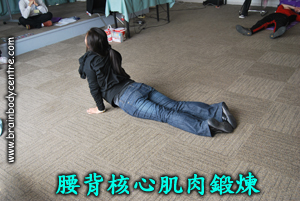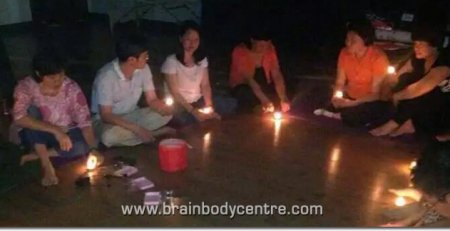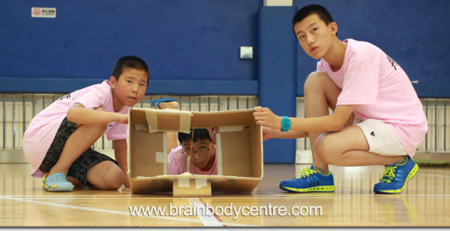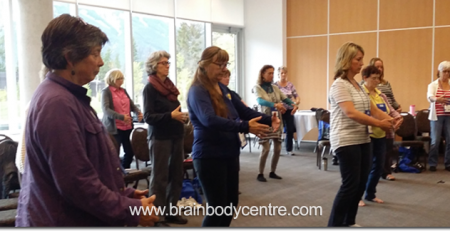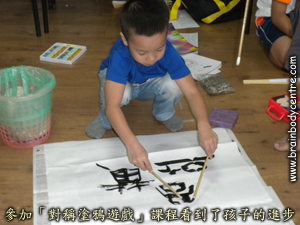What Is the First Step to Learning Enhancement?
Conrad Ho (Hong Kong, China)
August 13th, 2013
When professional athletes arrive at the training or competition venue, do they immediately start training or competing? No, they will first talk with their coaches and teammates about the arrangements of the day, see how many people have showed up to the event, check the conditions of their competitors, and then do warm-up exercises. When professional performers arrive at the performance venue, do they go on stage immediately? No, they put on make-up and costumes, talk with other performers, the director and backstage workers about the flow of the performance, take a quick glance at the audience from the backstage, and rehearse in their own minds what they will do in the coming performance. Professionals prepare psychologically and physically before carrying out their activity. When learners act to enhance their own learning, should they start right away with things that directly enhance learning? The answer is obvious. Then, what should be the first step to learning enhancement?
If you suddenly receive a call from a foreign friend who is going to stay at a famous hotel in your city and asks for directions, what will be your first reaction? Readers please pause here to think of an answer before reading on.
I shall ask, “Where is your exact location?” If you don¡¦t know your friend¡¦s whereabouts, how can you give him appropriate directions that will take him to where he wants to go?
This “whereabouts” has double meanings, first being the learner’s actual conditions. As the following diagram shows, if one thinks that he is at the red circle (self-assumed location) and determines that going north-east will take him to the blue triangle (destination), but he is actually to the south-east of the red circle at the red square (actual location), then eventually this person can only reach the blue question mark (an unknown location), not the blue triangle. Under the same logic, if the parents or the children themselves want to enhance the children¡¦s learning, but are not clear about the children¡¦s actual condition, their efforts may be less effective or even futile.
In the “Movement Enhances Learning” camps that I have designed, I told the coaches to give authentic feedbacks to children using factual descriptions. In doing so, we do not praise or reprimand the children; we simply tell them what we have observed. When a coach sees a child losing his cool when losing a game, we do not reprimand (in a negative way) or encourage (in a positive way) him, in an attempt to push him along the “correct” direction. Instead, the coach will probably just say, “I saw you had scolded your teammates for their performance and left the team after throwing a fit.” He may add, “What do you want now? What new decision do you have?”
When a coach sees a child performing brilliantly and things are going smoothly, he still will not praise or reprimand, but only say to the child, “I saw you had acted calmly and cleanly winning the game. You also had good teamwork with your teammates.” He may add, “What do you want now? What new decision do you have?” I believe by doing so, children can understand themselves in the most authentic way, and eventually will know their own actual locations.
I know a couple who are very good friends of mine. They both hold important positions in big international corporations, and are learned intellectuals. Once, both our families went to a country park together on a weekend. Their daughter was not yet three at that time, and played football with my two boys aged eight and six. The boys kicked the ball between themselves, and the little girl wobbled after the ball. Each time the girl fell over, the couple would yell from afar, “It¡¦s nothing!” Then, one of them would run over to pick her up, dust her off, and tell her to keep playing. I was very confused at the time, as the girl already had scratches on her palms and knees, and bleeding a little bit, so there was something (though it was not serious either)! However, the couple kept on yelling “it’s nothing!” before they checked closely. I believe if they continue this style of parenting, their daughter will eventually learn to fool herself and others by saying that it is nothing, even though she is already covered in cuts and bruises.
The second meaning of “whereabouts” is the actual circumstances of the learner. In the “Movement Enhances Learning” Camps that I lead, after I have explained the rules, I will execute them in a fair manner. There is no second chance, no matter how the child should not have lost or how great a reaction losing a game has caused (such as screaming, yelling, and crying on the floor). Nowadays, every child is treasured, and parents try their very best to give their children a good start, so that they may go ahead of others right from the starting point in this long race known as life. Therefore, these “greenhouse” children are growing up with a lot of attention and allowed a lot of chances to start over again.
However, when these children come out to face the society, the actual condition is totally different. Time flows on relentlessly and chances pass by without stopping. Those who miss a chance, miss it; and those who fail, fail. They can pick themselves up again and grasp another opportunity, but the one forgone is gone forever. It will not come back the second time. In the “Movement Enhances Learning” Camps, I am willing to create an environment that is similar to this actual condition, so children may have the first taste of the “cruelty” of the real world when there is not too much at stake. I am willing to help the children leave their greenhouses and join the reality. For an Olympic athlete who has made a mistake accidentally and has a gold medal slipped through his fingers, may he ask for a second chance? Liu Xiang, who was originally the king of 110 meter hurdles, made a wrong move and hurt his Achilles tendon. May he ask for time to turn back so that he may redo his move to avoid injury? In the real world, there is only one chance in every moment.
Therefore, the first step to learning enhancement is not to immediately carry out the activity of learning enhancement, but the learner going back to reality, to understand his own actual condition and the actual circumstances.

